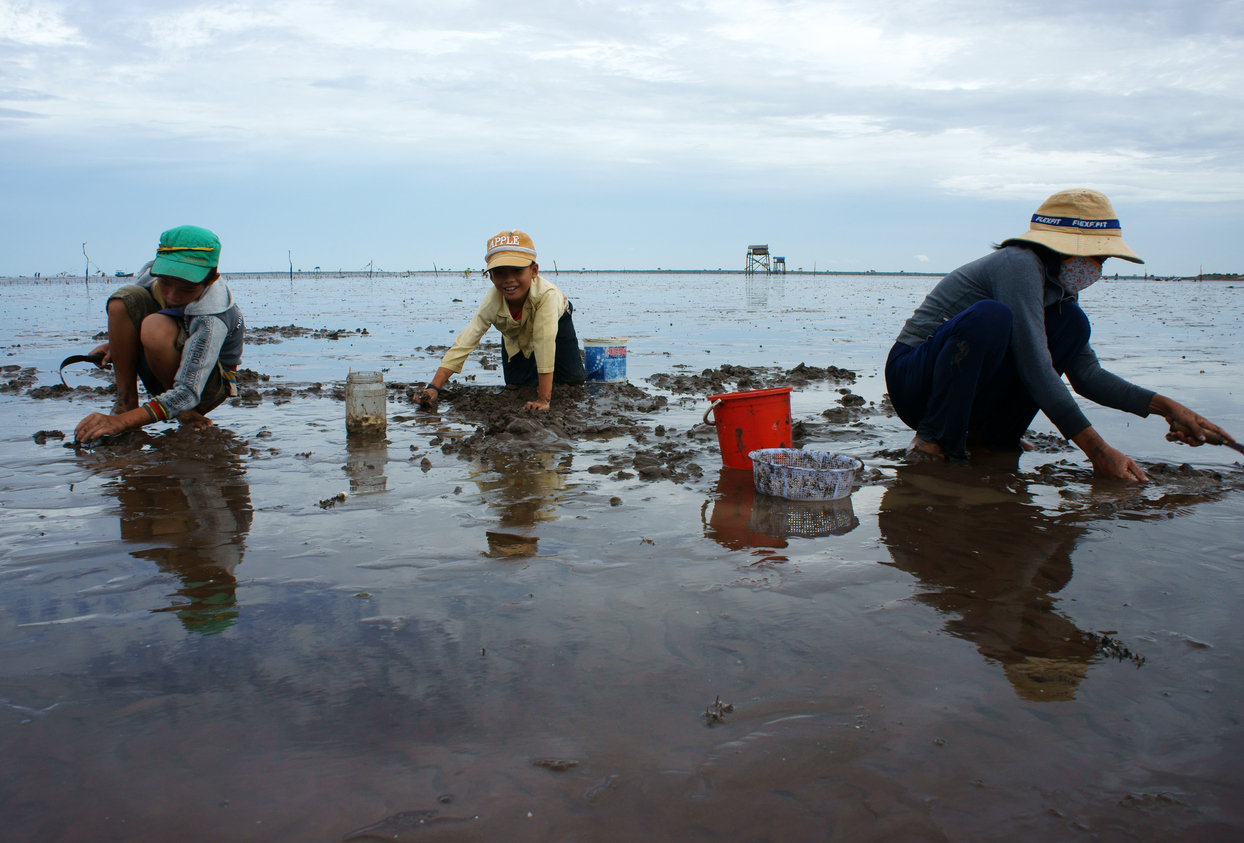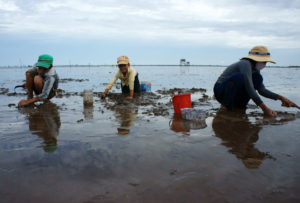

Child labor laws and reforms were passed in several waves. The last and most comprehensive of which was the Fair Labor Standards Act (FLSA) of 1938. Before that, however, was a “perfect storm” of factors and influences that pushed and pulled on the institution of child labor.
Prior To FLSA
Before 1938, children had been working in all kinds of jobs and all kinds of conditions. In the rural United States children were expected to help out on family farms and shops as soon as they were able. Additionally, they were hired out to other family farms in the area.
As more mechanized forms of production became more commonplace in the big cities, people began moving from the country into the cities for better employment opportunities. Furthermore, people began moving to the United States from other countries for work, leading to the opening of even more factories.
At this time, companies had a lot of incentive to hire small children. They could be paid less, they were easier to manage, and they were physically smaller and therefore fit into work space grown adults could not.
Child Labor Advocacy
In the early part of the 20th century, child labor peaked. Shortly thereafter, labor movements began for adult workers, who grew in political power and began demanding better labor standards. The labor movement led to a decline in child labor which was often abusive to children.
The National Consumers League, founded in 1899, and the National Child Labor Committee, founded in 1904, shared a common goal. And that was of reducing exploitative child labor. The National Child Labor Committee soon began pushing for child labor reforms at the state level. And those laws were often joined with compulsory education laws. Laws which began picking up momentum in the middle of the 19th century.
In 1916, and under pressure from these two organizations during the height of the progressive movement, the United States Congress passed the Keating-Owen Act. It was the first federal child labor law. It regulated interstate commerce that involved products produced by children under certain ages. But the Supreme Court rendered it unconstitutional saying it violated the commerce clause of the Constitution. In 1918, Congress tried to levy a tax on business with child workers, but Congress again stuck this down.
Finally in 1924, Congress passed an amendment allowing the federal government power “authorizing federal child labor legislation…” But it did not have enough state support to be ratified.
The Effects of The Great Depression on Labor
The Great Depression changed political attitudes in the US, particularly with regards to child labor. There were not enough jobs for working adults, and President Roosevelt’s New Deal acts sought to limit child labor. In 1936, the Public Contracts Act limited the ages that boys and girls could work on goods that supplied to federal contracts. In 1938, the Fair Labor Standards Act set the minimum working age for children both during and outside school hours.
Not only did these laws go a long way in curbing abusive child labor practices, but able-bodied adults were able to get jobs that had previously gone to children.





